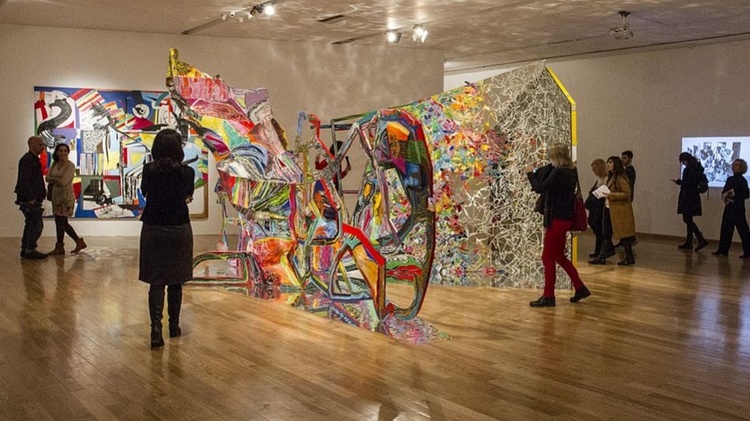
Culture and Art in Argentina
What is Culture and Art in Argentina?
Argentina is a country known for its rich culture and vibrant arts scene. Argentine culture is a unique blend of indigenous, European and African influences, resulting in fascinating cultural diversity. Art in Argentina is also extremely diverse, ranging from traditional painting and sculpture to more experimental contemporary forms of expression. In this glossary, we will explore the main aspects of culture and art in Argentina, from music and dance to theater and cinema.
Music and dance
Music and dance are essential elements of Argentine culture. Tango, a style of music and dance originating in Buenos Aires, is perhaps the country's most emblematic form of expression. Tango combines elements of African, European and indigenous music, and is characterized by its passion and sensuality. In addition to tango, Argentina is also known for other musical genres, such as folklore, Argentine rock and classical music. Argentine folk dance, such as the chacarera and zamba, also plays an important role in the country's culture.
Visual arts
Argentina has a rich tradition in visual arts, with a long history of painting and sculpture. Renowned artists such as Antonio Berni, Xul Solar and Frida Kahlo have left a lasting legacy on the Argentine art scene. Contemporary art also flourishes in the country, with art galleries and museums displaying works by emerging and established artists. The city of Buenos Aires is especially known for its vibrant arts scene, with neighborhoods like Palermo and San Telmo housing numerous art galleries and cultural spaces.
theater
Theater plays an important role in Argentine culture, with a theatrical tradition dating back to the 19th century. The Teatro Colón, in Buenos Aires, is one of the most renowned opera theaters in the world and hosts performances by renowned opera and ballet companies. Additionally, the country has a thriving independent theater scene, with numerous companies and venues dedicated to producing contemporary theater pieces. Argentine theater is known for its innovative and experimental approach, exploring social and political themes in a provocative way.
Movie theater
Argentine cinema has a long history of producing internationally acclaimed films. Directors such as Pedro Almodóvar, Alejandro González Iñárritu and Lucrecia Martel are just some of the talented Argentine filmmakers who have gained global recognition. Argentine cinema addresses a wide range of themes, from social and political issues to personal and emotional stories. Film festivals, such as the Mar del Plata International Film Festival, are held annually in the country, highlighting the talent and diversity of Argentine cinema.
Literature
Argentine literature is rich and prolific, with renowned writers such as Jorge Luis Borges, Julio Cortázar and Gabriel García Márquez. Argentine literature addresses a variety of topics, from the country's history and politics to existential and philosophical questions. The city of Buenos Aires is especially known for its vibrant literary scene, with iconic bookstores such as Livraria El Ateneo Grand Splendid attracting readers and writers from all over the world.
Gastronomy
Argentine cuisine is famous for its high-quality meat and European culinary influences. Argentine barbecue, known as “asado”, is an important culinary tradition in the country, featuring succulent cuts of meat grilled over an open fire. In addition to barbecue, Argentina is also known for dishes such as empanadas, provoleta and mate, a traditional drink made with yerba mate leaves. The city of Buenos Aires is a gastronomic paradise, with a multitude of restaurants offering everything from traditional dishes to contemporary cuisine and creative fusions.
Festivals and Celebrations
Argentina is known for its lively festivities and cultural celebrations. The Gualeguaychú Carnival, held in the province of Entre Ríos, is one of the largest carnivals in the country, with parades of floats and parades. Holy Week in Tandil is a traditional religious celebration, with processions and representations of the Passion of Christ. Furthermore, Argentina is famous for its tango festivals, such as the Buenos Aires Tango World Festival, which attracts dancers and tango lovers from all over the world.
Architecture
Argentine architecture reflects the influence of different historical periods and architectural styles. The city of Buenos Aires is known for its eclectic architecture, with buildings ranging from imposing neoclassical palaces to modern skyscrapers. Spanish colonial architecture is also preserved in cities such as Salta and Córdoba, with their squares and historic buildings. Additionally, Argentina is home to iconic architectural masterpieces such as the Casa Rosada and the Buenos Aires Metropolitan Cathedral.
Fashion
Argentine fashion has gained prominence internationally, with Argentine designers gaining global recognition. The city of Buenos Aires is known for its sophisticated and avant-garde fashion, with designer stores and independent boutiques showcasing the latest trends. Argentine fashion combines European and Latin American influences, resulting in a unique and elegant style. Additionally, Argentina is famous for its leather industry, producing high-quality leather goods such as bags, shoes, and jackets.
sports
Sports play an important role in Argentine culture, with football being the country's most popular sport. Argentina has a rich football tradition, with legendary players such as Diego Maradona and Lionel Messi. In addition to football, tennis, rugby and hockey are also popular in Argentina. The country hosted important sporting events, such as the 1978 Football World Cup and the 2018 Youth Olympic Games, demonstrating Argentines' passion and talent for sports.
Performing Arts
In addition to theater, Argentina has a vibrant performing arts scene, which includes contemporary dance, circus and performance. Renowned dance companies, such as Ballet Estable del Teatro Colón, delight audiences with their exciting performances and innovative choreography. Contemporary circus has also gained prominence in Argentina, with companies such as Fuerza Bruta and Cirque du Soleil performing in the country. Furthermore, experimental artistic performance has found an important space in the Argentine cultural scene, challenging conventions and exploring new forms of expression.
Cultural heritage
Argentina has a rich cultural heritage, with historic sites and monuments that tell the country's history. The ruins of Quilmes, located in the province of Tucumán, are a stunning example of pre-Columbian indigenous culture. The city of Córdoba is home to the Jesuit Manzana, an architectural complex that represents the influence of the Society of Jesus in the region. Additionally, Argentina is known for its Gaucho heritage, with festivals and events that celebrate the culture and traditions of the Gauchos.
Conclusion
In short, culture and art in Argentina are extremely diverse and vibrant. From tango and folk music to innovative theater and internationally acclaimed cinema, Argentina offers a multitude of cultural and artistic expressions to explore. Through its traditions, festivals, gastronomy and cultural heritage, Argentina continues to enchant and inspire people from all over the world.
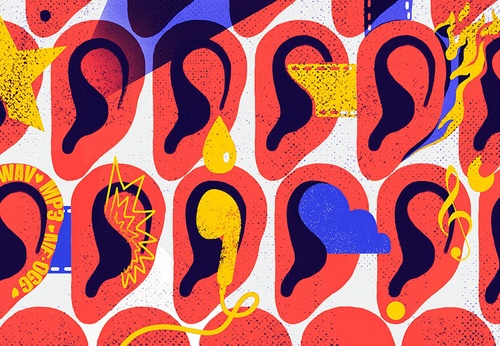
- July 18, 2025
Gallery of Illustration by Yanaisy Puentes – Cuba
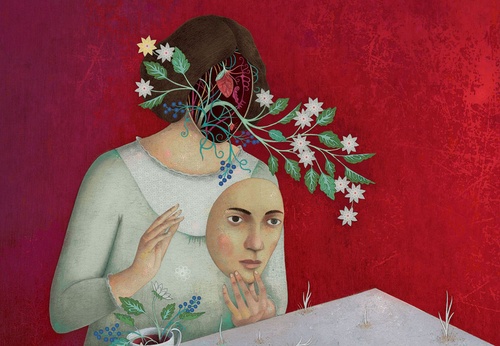
- July 18, 2025
Gallery of Illustration by Alefes Silva – Colombia
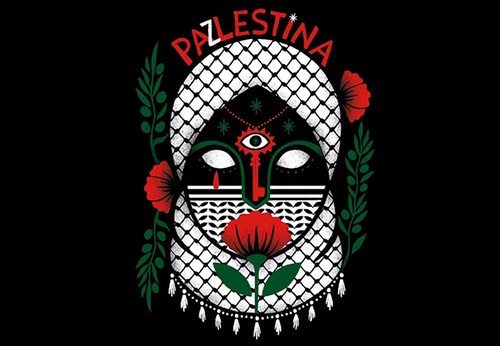
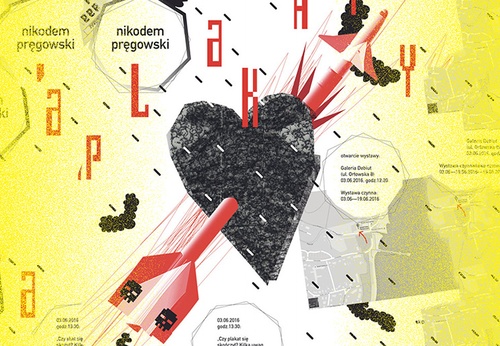

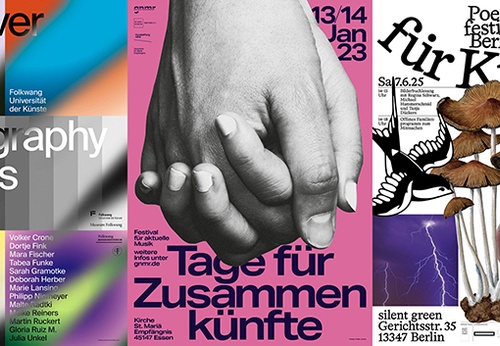

- July 18, 2025
Gallery of Graphic Works by Rodrigo Castello from Brazil

- July 17, 2025
Syria
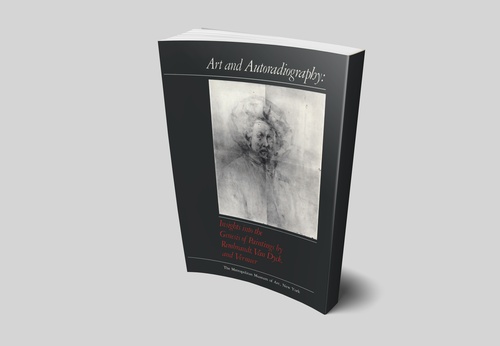

- July 16, 2025
Impact of Digital Artists on Media

- July 16, 2025
Influence of 19th-Century Styles on Mod…

- July 16, 2025
How does AI help discover creative idea…

- July 15, 2025
How does Artificial Intelligence help d…

- July 15, 2025
Differences between modern art and cont…

- July 14, 2025
Visual Techniques in Advertising Photog…

- July 14, 2025
Graphic Design and the Creation of Icon…

- July 13, 2025
Latin American painting

- July 13, 2025
Culture, art and music in Colombia

- July 10, 2025
The Evolution of Graphic Design from Ty…

- July 10, 2025
How Digital Artists Collaborate with Ar…

- July 09, 2025
The Value of Art in Education

- July 09, 2025
Art as a Reflection of Society

- July 08, 2025
The history of Bolivian art

- July 08, 2025
Protecting Art in the Age of Artificial…

- July 04, 2025
Graphic Design and Creating Iconic Bran…

- July 04, 2025
Photography as a Tool for Telling Histo…

- July 03, 2025
Painting and abstract art: differences …

- July 02, 2025
The Best Software for Digital Art and G…

- July 01, 2025
How Digital Artists Collaborate with Ar…

- August 29, 2023
The history of Bolivian art

- February 19, 2024
Analysis and meaning of Van Gogh's Star…

- January 28, 2024
Culture and Art in Argentina

- September 25, 2023
What is the importance of art in human …

- September 23, 2023
What is paint?

- August 10, 2023
14 questions and answers about the art …

- August 30, 2023
First artistic manifestations

- August 23, 2023
The 11 types of art and their meanings

- September 23, 2023
History of painting

- January 12, 2024
10 most beautiful statues and sculpture…

- September 23, 2023
Painting characteristics

- August 16, 2023
The 15 greatest painters in art history

- April 06, 2024
History of visual arts in Ecuador

- March 26, 2024
The importance of technology in art1

- January 31, 2024
Examples of Street Art – Urban Art

- March 26, 2024
Cultural identity and its impact on art…

- January 20, 2024
What is the relationship between art an…

- April 07, 2024
Graffiti in Latin American culture

- August 25, 2024
A Comprehensive Analysis of the Cartoon…

- October 21, 2023
Contemporary art after the Second World…

- February 19, 2024
Analysis and meaning of Van Gogh's Star…

- August 13, 2023
9 Latino painters and their great contr…

- August 10, 2023
14 questions and answers about the art …

- August 29, 2023
The history of Bolivian art

- January 28, 2024
Culture and Art in Argentina

- August 23, 2023
The 11 types of art and their meanings

- November 06, 2023
5 Latin American artists and their works

- August 27, 2023
15 main works of Van Gogh

- September 23, 2023
Painting characteristics

- September 23, 2023
What is paint?

- September 25, 2023
What is the importance of art in human …

- December 18, 2023
10 iconic works by Oscar Niemeyer, geni…

- August 30, 2023
First artistic manifestations

- March 26, 2024
Cultural identity and its impact on art…

- January 20, 2024
What is the relationship between art an…

- January 12, 2024
10 most beautiful statues and sculpture…

- October 30, 2023
Characteristics of Contemporary Art

- August 22, 2023
What are Plastic Arts?

- April 16, 2024
The most important painters of Latin Am…

- August 24, 2023


